2018 Cyber Monday Statistics That All Retailers Need to Know
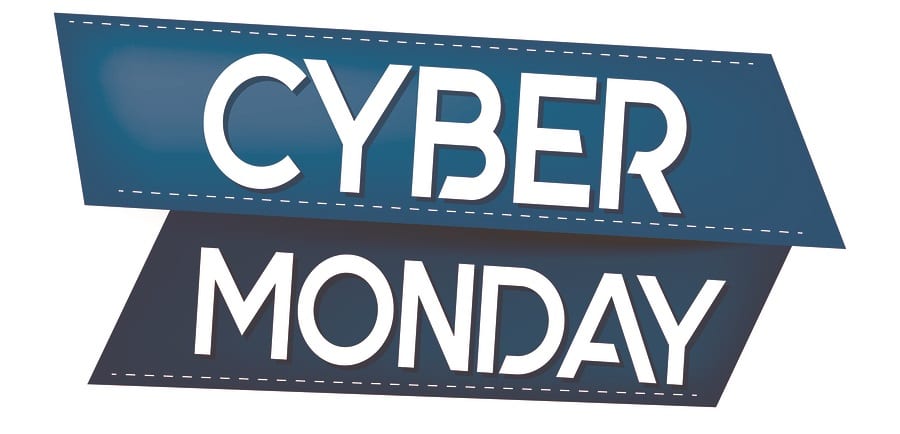
It’s that time of the year again… you know, where everyone gets frantic about shopping for holiday gifts for loved ones. The lines at the stores are long and tumultuous, parking at local malls is chaotic and the capitalistic spirit of the yuletide rush is upon us. Thank goodness for online shopping!
The busiest annual shopping weekend, beginning with Thursday, November 22nd (Thanksgiving), represents a last dash by retailers to grab up as many sales as possible, as consumers race to buy gifts for loved ones.
During this time, Friday the 23rd marks Black Friday, one of the busiest brick and mortar shopping days of the year, and the Monday thereafter, November 26th, marks Cyber Monday, the busiest online shopping day of the year. Combined, these two days are the biggest shopping days in retail.
Staying ahead of the curve during these high-volume retailing holidays is more easily done when you know what to expect. With that said, here’s our annual roundup of 2018 Cyber Monday statistics that all online retailers should be aware of.
What is Cyber Monday?
First things first: What is Cyber Monday? One of the best definitions of this retail holiday is offered by Investopedia, which explains:
“Cyber Monday, also known as “Black Monday,” is an ecommerce term, referring to the Monday following the U.S. Thanksgiving weekend. As brick and mortar stores do with Black Friday, online retailers will usually offer special promotions, discounts and sales on this day; traditional retailers will offer exclusive, ‘website only!’ deals. It’s known as the unofficial start of the online holiday shopping season.”
In short, Cyber Monday is the ecommerce equivalent of Black Friday. Except, some things are different. For example, convenience is the name of the game, as shoppers no longer need to suffer the gridlocked parking lots at the local stores, long lines, feisty shoppers and the stressful and limited in-store offerings of the classic Black Friday doorbuster deals.
Instead, shoppers can mosey around online to their heart’s content, finding just as many deals online as they would locally (a few days prior). They can shop. They can click. And they can buy. And they do!
What’s more, almost all stores are offering guaranteed holiday delivery this year, thus enabling smart shoppers to circumvent the insanity that assuredly awaits them at any brick and mortar store during the shopping rush.
In truth, two-thirds of shoppers polled in recent surveys said they planned on doing their Black Friday shopping online instead this year, with many likely waiting until Cyber Monday to get the lowest prices and best deals.
This Year Will Set New Records
Cyber Monday is on course to set all-new records this year, as a healthy economy and low unemployment rates, combined with increased consumer confidence, spur healthier spending overall.
For 2018, we are predicting that Cyber Monday sales tallies will exceed $7.5 billion (desktop, tablet and mobile combined), about a $1 billion increase from 2017. Smartphone and tablet shopping will also set a record, estimated at $2.5 billion (of the total haul) when all is said and done.

The number of shoppers logging on to browse for deals will set new records, too. Last year, around 81 million shoppers at least took the time to browse online deals on Cyber Monday.
This year, that number will increase to at least 95 million, as consumers respond to a more targeted shopping season that’s the result of fierce competition and a constant serenade of advertising from the largest online retailers and marketplaces in the world.

It all makes perfect sense when you look at last year’s numbers. The 2017 Cyber Monday shop-a-thon absolutely crushed 2016’s numbers, explains Criteo, resulting in a 4.8% increase year over year in shoppers, a 12.4% increase in total purchases, and a larger sales uplift during prime shopping hours (8pm-12am). Naturally, 2018’s outlook is even healthier.
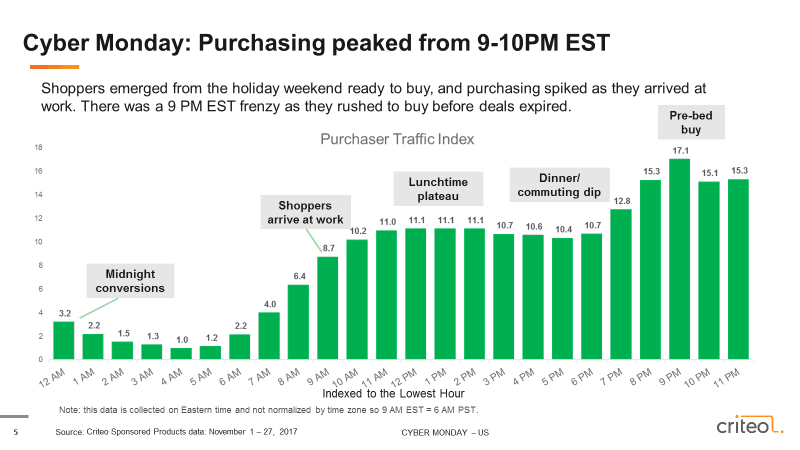
Number of Packages to be Shipped
With record sales numbers will also come the record amounts of packages being shipped. According to a Pitney Bowes report, 2017’s holiday season saw an increase in 12% from the year prior, with around 750 million total packages shipped via USPS over that holiday season. As compared to other carriers, FedEx delivered an estimated 300 million packages, and UPS delivered over 700 million.
All U.S. carriers combined to deliver more than 1.6 billion packages over the holidays last year, representing stark increases averaged at about 13% year over year between all three shipping services. Put into better perspective, USPS set a volume delivery record in 2017 with 30 million packages delivered in a single day. This could well exceed 35 million in a day if the trends stays the course.
Of course, it’s all in par with the highly accurate predictions Adobe made, as reported by CNBC last year. In that vein, this year’s predictions are as such:
- Spending will increase by at least 16%.
- Shoppers will spend at least $7 billion.
- Mobile sales will exceed at least $2 billion.
Factor in the average year over year increase of 16%, and you’ll see that the numbers and predictions we’ve leveraged above are sound and in par with U.S. Census Bureau estimates, too.
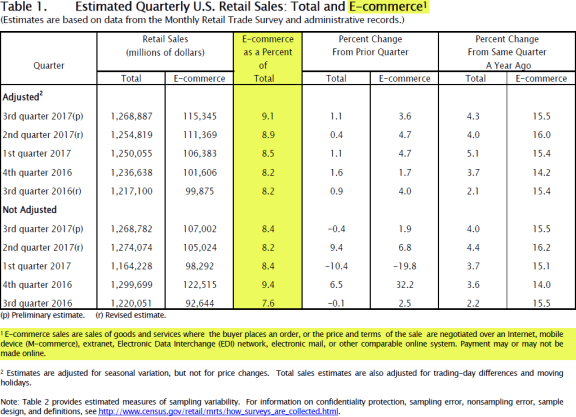
Amazon’s 50% Stake
You can’t talk about Cyber Monday (or Black Friday for that matter) without Amazon becoming a point of conversation. That’s because this online retailer already grabs an uncanny 50% share of all online retail sales to begin with. As you may guess, this percentage will also carry over to any holiday sales as well.
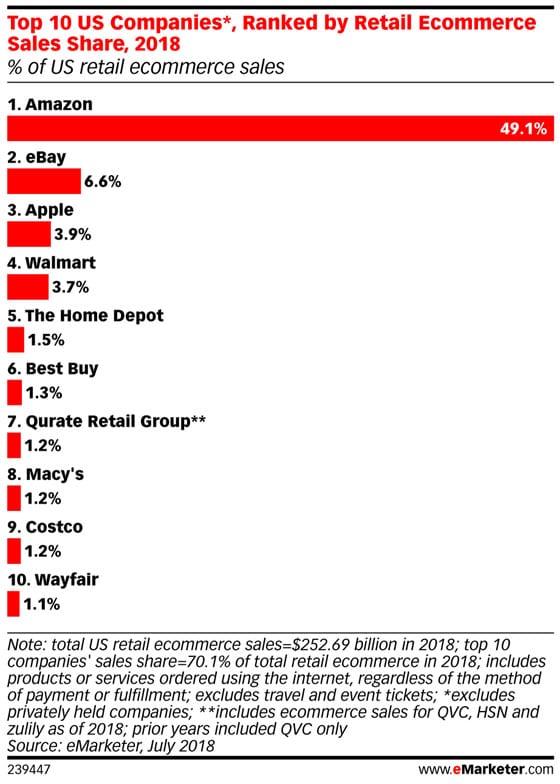
With more than 100 million active users, and 64% of U.S. households having a Prime account, you can bet that this online marketplace is bracing for its biggest sales event since Prime Day (which took place in July of this year).
Using some of the numbers we’ve dug up for Prime Day, we can get an idea of how Amazon will fare this year over the Cyber Monday weekend by comparing 2018’s Prime Day versus 2017’s Prime Day and aggregating those metrics against facts we already know about Cyber Monday’s past.
- $3.4 billion in sales estimated (about half of all sales online for Cyber Monday).
- 50% increase in smartphone and tablet sales thanks to a great UI.
- More than 120 million visits per second during peak shopping hours.
- At least 50 million customers making a purchase in a single day.
- Lower prices than Target, Best Buy and Walmart combined.
Rate of Returns Will Be High
If you’re selling online over Cyber Monday, be prepared for the rush of returns that follow as buyer’s remorse sets in post holidays. In 2017, UPS says it processed over 1.4 million returns during a single day, while managing at least 7 million returns during the first week of January.
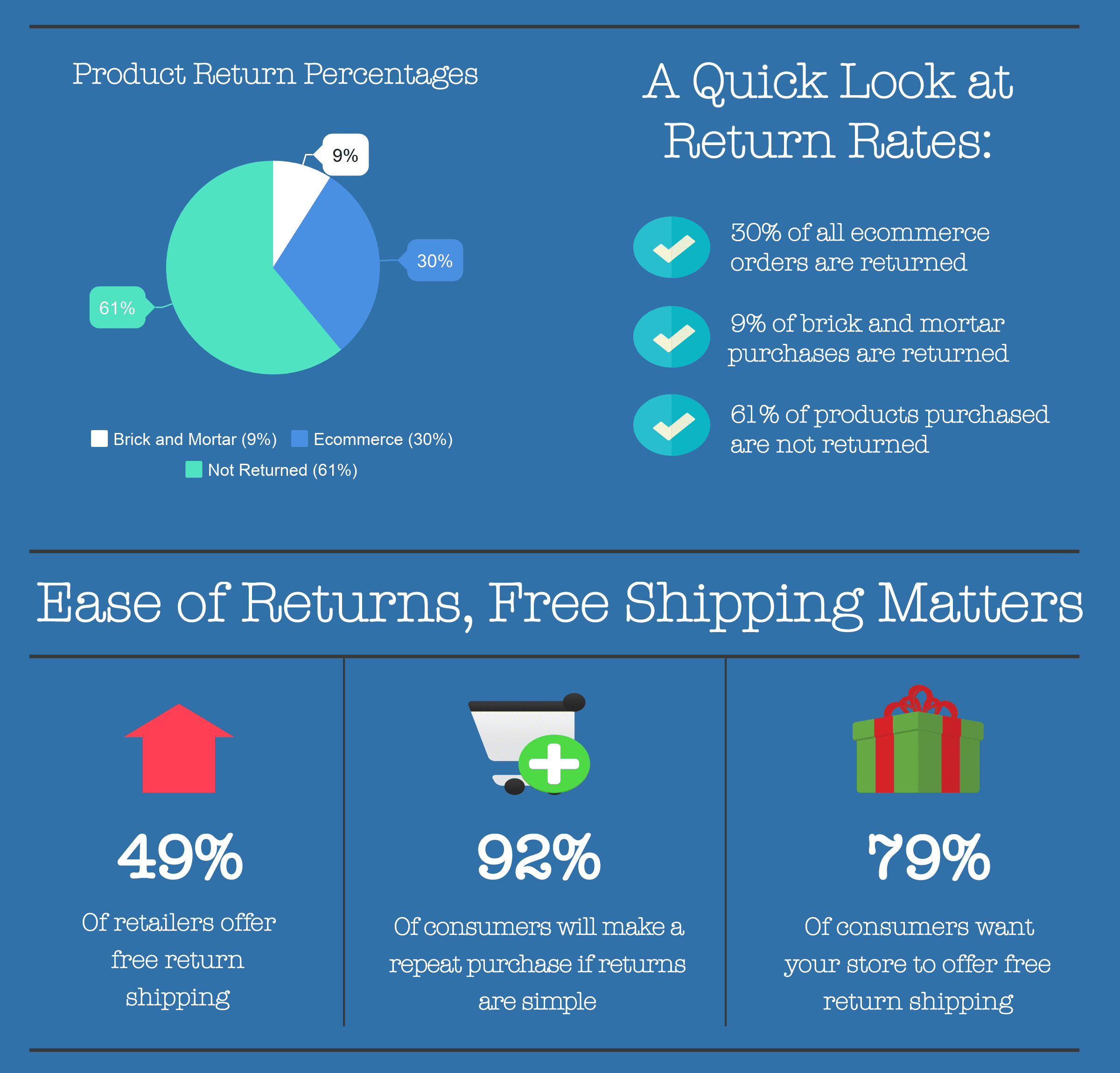
This year’s numbers will increase slightly, in par with the year over year gains that will be earmarked by online retailers for sales increases. As much as 40% of the products ordered online will be sent back to retailers this year, setting the stage for a logistics nightmare that will burden all major U.S. carriers during the first two weeks of the New Year.
Ensuring that your store has a good return policy in place and that it’s primed for holiday webroomers will go a long way in you capturing new sales, adding more customers to your ecommerce newsletter subscription base, and in building stronger relationships that help you improve your store’s performance.
Need even more tips? Take a look at our related guide on how you can prepare your online store for Black Friday and Cyber Monday.
Want more 2018 Cyber Monday and Black Friday statistics? Have a look at the infographic we’ve included below.

Share On:








